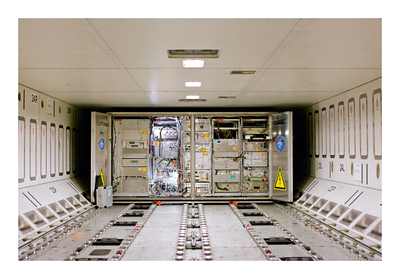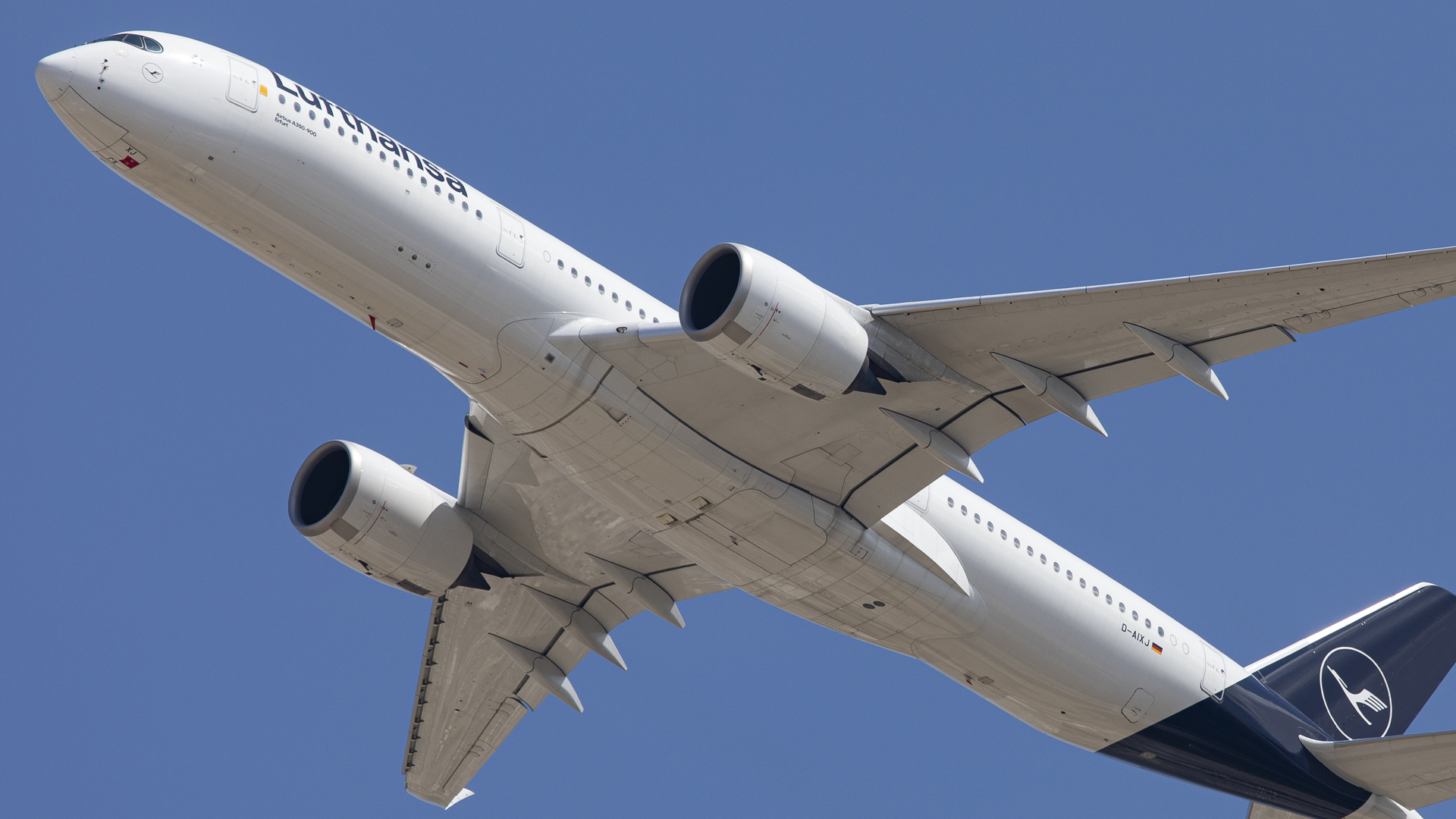A European Research Infrastructure
Global Atmospheric Composition and Climate Change Research
EUROPE's SOLUTION FOR GLOBAL ATMOSPHERE MONITORING
 IAGOS-CARIBIC is part of the European Research Infrastructure IAGOS which operates instrumentation for atmospheric observations on board of passenger aircraft of commercial airlines. The project name is an acronym for 'Civil Aircraft for the Regular Investigation of the Atmosphere Based on an Instrument Container'.
IAGOS-CARIBIC is part of the European Research Infrastructure IAGOS which operates instrumentation for atmospheric observations on board of passenger aircraft of commercial airlines. The project name is an acronym for 'Civil Aircraft for the Regular Investigation of the Atmosphere Based on an Instrument Container'.
In IAGOS-CARIBIC, a complex laboratory equipped with ~20 instruments is deployed in the cargo bay of a modified Airbus by Lufthansa during long-distance flights from Europe to many destinations worldwide. Around 100 trace gases, aerosol and cloud parameters are measured with the focus on an improved monitoring and understanding of many climate-relevant processes in the free atmosphere. Data are analysed by more than 800 data users worldwide, in particular for comparisons with observations performed on other platforms (e.g. satellite, research aircraft, balloons or remote-sensing systems) and the validation of atmospheric and climate models. IAGOS-CARIBIC is worldwide unique and collect high-precision, multi-component, long-term data that is urgently needed by many applications and that can’t be generated by other observing systems.

_rdax_1024x683_98s.jpg)